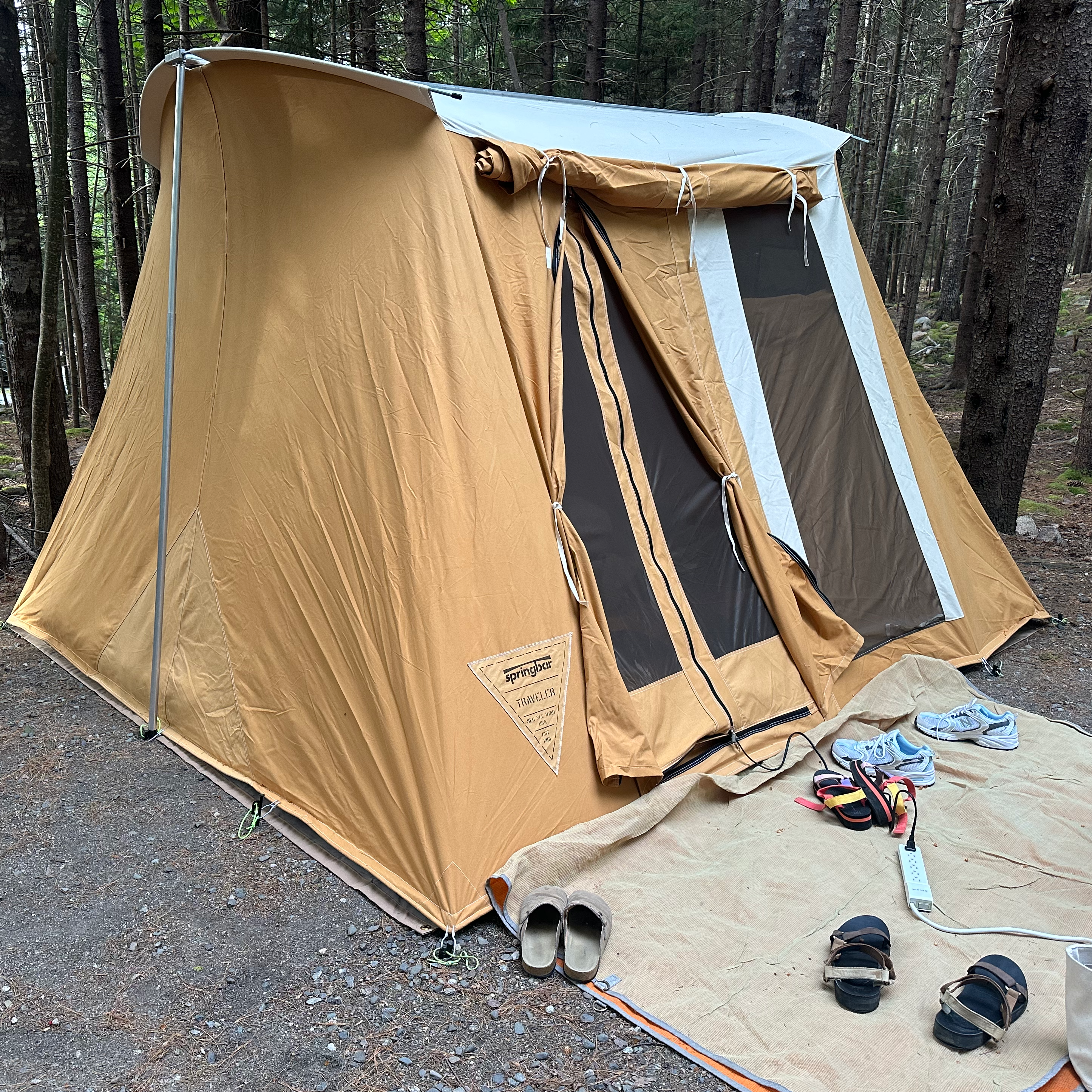Category: Camping
-
Some Newfoundland motivation
youtube.com/watch A bit drone-happy, but a lot of beautiful shots.
-
Camping at Cape Lookout – South Core Banks
(I actually took this trip back in July of 2017, and originally posted some of the below on the expedition portal forums.) Secluded. Windy. Sandy. Oceany. Cape Lookout has everything you love and hate about the beach, to the nines. Except crowds & lifeguards. There are three major islands – the North Core, South Core,…
-
Getting away is a skill
For some folks, namely me, getting away is not a natural ability. It takes effort. I see now that the trip we took recently was way, way overdue. I was basically paralyzed to even plan the trip beyond a rough route and the first few stops. Thankfully my wife took over and organized stuff before…
-
Gazelle T8 tent vs. Badlands thunderstorm
We bought the T8 tent to take on a 2-week road trip out west. We’ve owned a T4 & a Clam which have worked well for us, and wanted something with the same features only bigger. Namely very fast setup, windows off the ground, and enough pockets. While the tent is nominally the same in…
